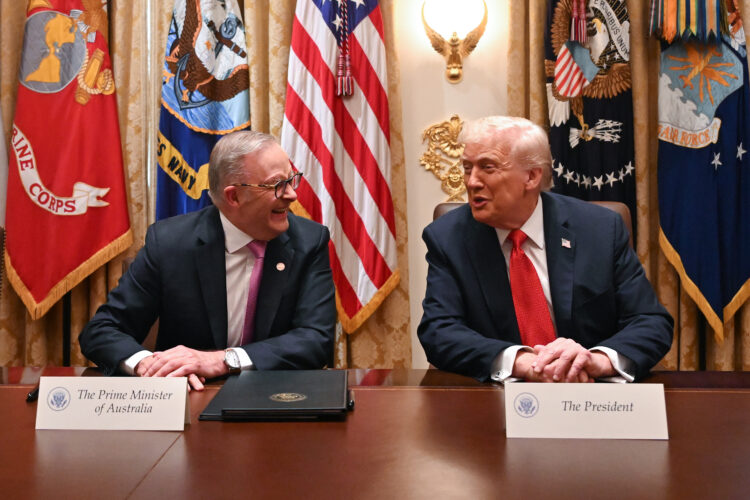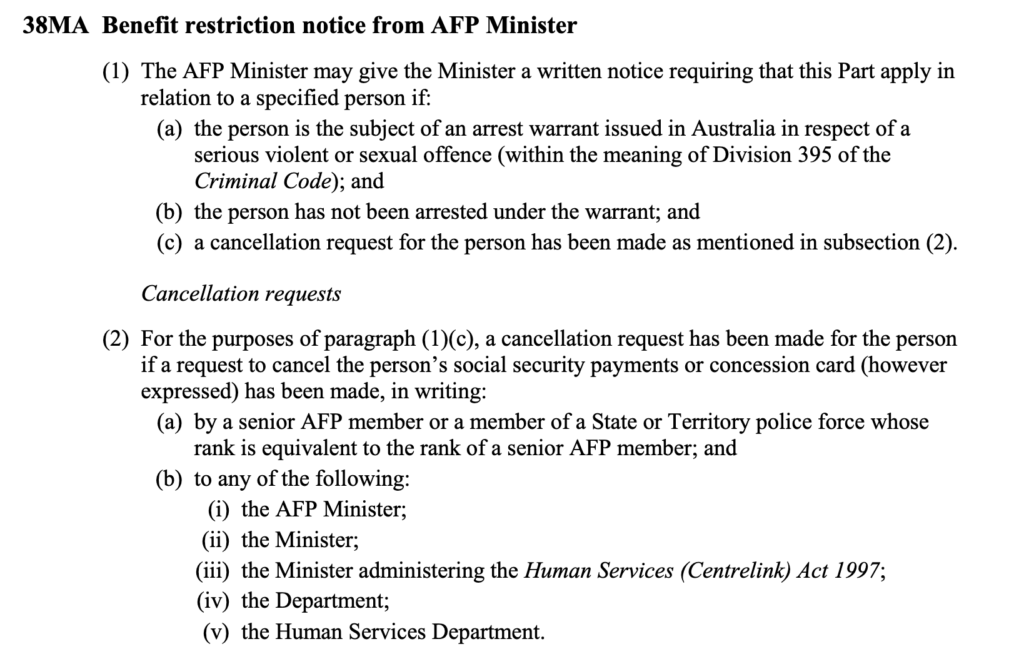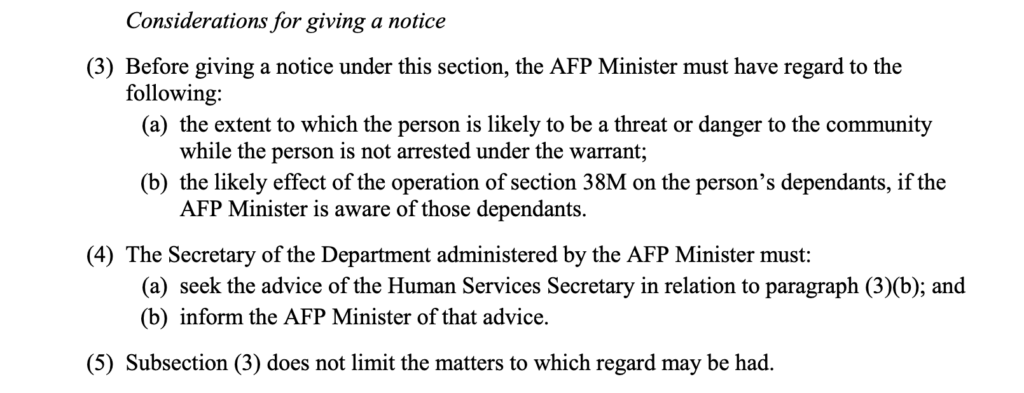Back to the environment bill and it’s transparent – unless it’s not
The government is all for transparency, except when its not. When isn’t it? They can’t tell you. That’s a secret (this is the whoosh-whoosh version of the parts of the legislation below)
Item 223 of Part 1 of Schedule 1 to the Reform Bill relates to the proposed changes to the EPBC Act concerning the national interest approval.
Section 133 of the EPBC Act allows the Minister to approve the taking of a controlled action by a person for the purposes of a controlling provision for the action, after receiving the assessment documentation relating to the action.
Item 223 would amend existing section 133 to insert new subsections 133(7A) and (7B).
New subsection 133(7A) would require the Minister, as soon as practicable after deciding whether to approve the taking of an action that is a national interest proposal, to publish the reasons for the decision on the Department’s website
This is intended to ensure transparency in relation to the approval of national interest proposals, as modified tests relating to national environmental standards, unacceptable impacts and compensation would apply to such actions (see new sections 136A, 136B and 136C, proposed by item 237 of Part 1 of Schedule 1.
New subsection 133(7B) would have the effect that the Minister would not be able to publish, under new subsection 133(7A), any information that:
• is an exempt document under section 47 of the FOI Act (trade secrets etc.); or
• is a conditionally exempt document under section 47G of the FOI Act (business documents) to which access would, on balance, be contrary to the public interest for the purposes of subsection 11A(5) of that Act; or
• that the Minister believes it is in Australia’s national interest not to provide.
The note after new subsection 133(7B) would explain that the reference to ‘Australia’s national interest in that provision’ refers to the meaning of that term in relation to national interest proposals generally, and refers the reader to new subsection 157C(2) (proposed by item 58 of Part 1 of Schedule 1).





